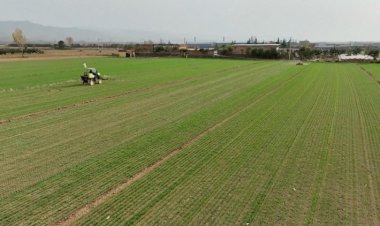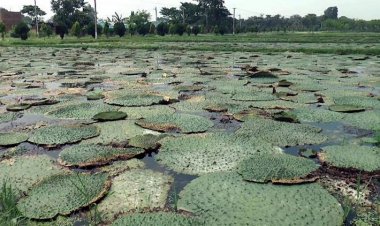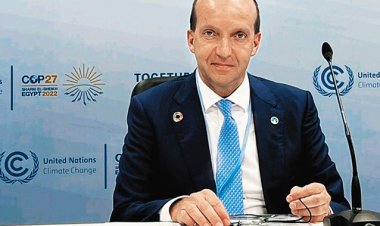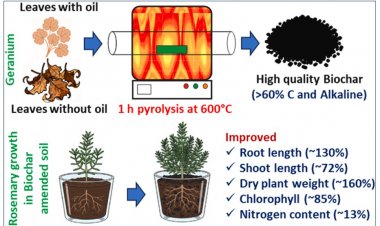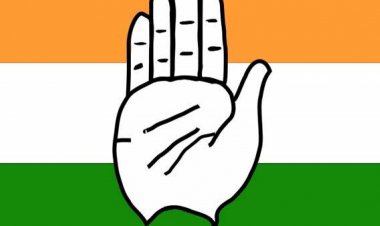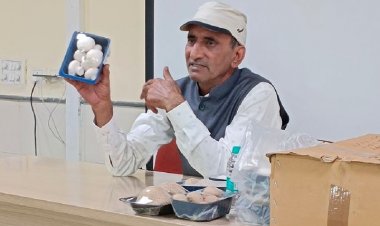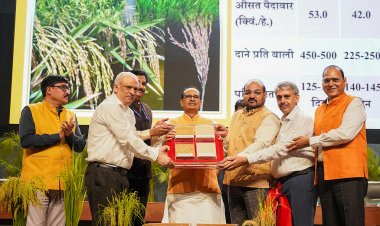Inflation dips to 1-yr low at 5.72 pc; industrial output expands
Retail inflation declined to a one-year low of 5.72 per cent in December 2022 mainly due to cooling vegetable prices, according to official data released on Thursday. The CPI inflation remaining below 6 per cent for the second month in a row has provided some room for the RBI to pause interest rate hike, which has been going on since May last year. The RBI has been asked by the Central Government to ensure that inflation remains within 6 per cent.
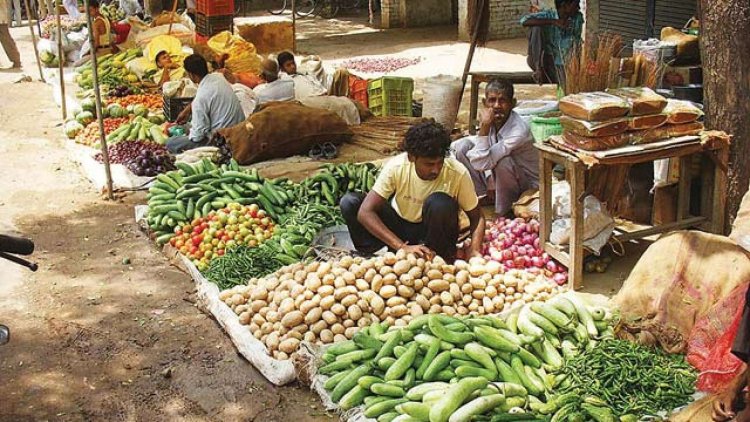
Retail inflation declined to a one-year low of 5.72 per cent in December 2022 mainly due to cooling vegetable prices, according to official data released on Thursday. The Consumer Price Index (CPI) inflation remaining below 6 per cent for the second month in a row has provided some room for the Reserve Bank of India (RBI) to pause interest rate hike, which has been going on since May last year. The RBI has been asked by the Central Government to ensure that inflation remains within 6 per cent.
The CPI-based retail inflation was at 5.88 per cent in November 2022 and the previous low was 5.66 per cent in December 2021. Retail inflation has been on a downward trajectory since October.
As per the data released by the National Statistical Office (NSO) on Thursday, inflation in the food basket was at 4.19 per cent in December as against 4.67 per cent in November and 4.05 per cent in December 2021. In the vegetable basket, it dropped by over 15 per cent on an annual basis. The prices of fruits, too, showed a modest rise of 2 per cent in December 2022. The rate of price rise was also negligible in 'oils and fats' and 'sugar and confectionery'.
However, spices became dearer by nearly 20 per cent and cereals by about 14 per cent. The index of 'fuel and light' was up by about 11 per cent on an annual basis in December. As per the flexible inflation targeting (FIT) regime, the RBI has to ensure the retail inflation (CPI) at 4 per cent with a margin of 2 per cent on either side.
The RBI had to submit a report to the central government as it failed to keep the inflation below the upper tolerance band of 6 per cent for three consecutive quarters since January 2021. The next meeting of the RBI Governor-headed Monetary Policy Committee (MPC), which decides on policy rates, is scheduled for February 6-8.
The central bank has raised the short-term lending rate by 2.25 percentage points in five tranches since May 2022 to tame the high inflation amid the geopolitical situation and resulting disruption in the global supply chain. The government, too, in part has taken several measures, like curbs on exports of certain commodities, to check prices in the domestic market.
Meanwhile, India's industrial production growth rose to a five-month high of 7.1 per cent in November on the back of better showing by manufacturing, according to official data released on Thursday.
The rise in the factory output measured by the Index of Industrial Production (IIP) comes after a contraction of 4.2 per cent in October. The previous high was recorded in June 2022 at 12.6 per cent. As per the IIP data released by the NSO, the manufacturing sector output grew by 6.1 per cent in November 2022.
The mining output rose by 9.7 per cent from 4.9 per cent in November 2021. The growth in power generation increased by 12.7 per cent in November 2022 compared to 2.1 per cent in the year-ago month. As per use-based classification, the capital goods segment recorded an impressive growth of 20.7 per cent in November against a decline of 2.6 per cent in the corresponding month of the last fiscal.
Consumer durables and consumer non-durables recorded growth rates of 5.1 per cent and 8.9 per cent respectively. Both these segments reported contraction in November 2021. Infrastructure/construction goods too posted a healthy growth of 12.8 per cent as against 3.1 per cent in the same month of 2021.
The data also showed that the output of primary goods and intermediate goods improved by 4.7 per cent and 3 per cent respectively in November 2022. In the nine months of the fiscal (April-November), the growth in the IIP works out to be 5.5 per cent, down from 17.6 per cent in the year-ago period.



 Join the RuralVoice whatsapp group
Join the RuralVoice whatsapp group




















